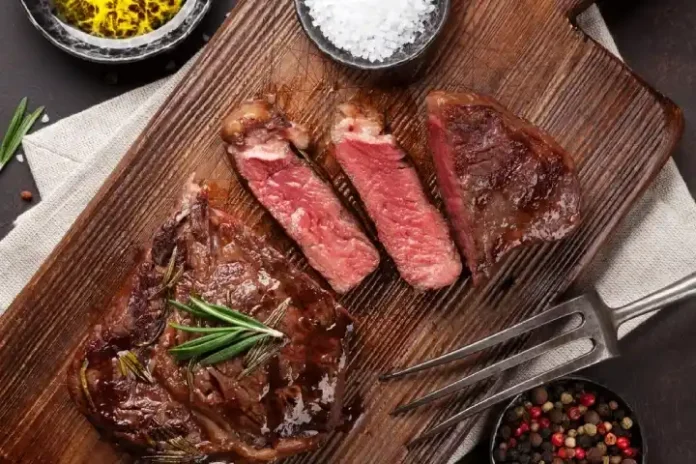When it comes to enjoying a perfectly cooked steak, the quality of the meat you start with is crucial. Whether you’re planning a backyard barbecue or a special dinner, knowing how to choose the best steaks can make all the difference. Here are ten essential tips to help you pick the perfect steak every time.
1. Understand the Different Cuts
Not all steaks are created equal. Different cuts come from various parts of the cow, each offering unique textures and flavors. Ribeye, for instance, is known for its rich marbling and tenderness, while a sirloin is leaner but still flavorful. Familiarize yourself with the most popular cuts, such as Ribeye, T-bone, Filet Mignon, and Sirloin, to choose the one that best suits your taste and cooking style.
2. Look for Marbling
Marbling refers to the white streaks of fat running through the muscle of the steak. This fat melts during cooking, adding flavor and juiciness to the meat. When choosing a steak, look for even marbling throughout the cut. However, avoid steaks with large chunks of fat on the outside, as these won’t contribute much to the flavor and may cause flare-ups on the grill.
3. Check the Color
A good steak should have a bright, cherry-red color, indicating it’s fresh. Avoid steaks that appear brown or have a dull color, as this could be a sign that the meat is past its prime. The color should be consistent throughout the cut, with no dark or discolored spots.
4. Consider the Thickness
The thickness of the steak is important, especially if you’re grilling. A steak that’s too thin can overcook easily, while a thicker steak allows for a better sear and a juicy interior. Ideally, look for steaks that are at least 1 to 1.5 inches thick. This thickness allows for better control over the cooking process and ensures that the steak will cook evenly.
5. Know the Grades
Steak grading is a system that assesses the quality of the meat based on factors like marbling and maturity. The USDA grades steaks into three main categories: Prime, Choice, and Select. Prime is the highest quality, with abundant marbling, and is often found in high-end restaurants. Choice is a good middle ground, offering great quality at a more affordable price, while Select is leaner and less flavorful.
6. Buy From a Reputable Source
Whether you’re shopping at your local butcher or deciding to buy steaks online, it’s essential to choose a reputable source. Quality butchers or online retailers will offer a range of high-quality steaks and often provide more information about the meat’s origin, age, and even the diet of the cattle. This transparency is key to ensuring you’re getting a good steak.
7. Pay Attention to Aging
Steaks are often aged to enhance their flavor and tenderness. There are two main types of aging: wet aging and dry aging. Wet-aged steaks are vacuum-sealed and allowed to age in their own juices, resulting in a tender and juicy cut. Dry-aged steaks, on the other hand, are hung in a controlled environment, where they develop a more intense flavor and a firmer texture. Both are excellent choices, but dry-aged steaks are often more expensive due to the time and care required.
8. Consider Grass-Fed vs. Grain-Fed
The diet of the cattle can significantly impact the flavor of the steak. Grass-fed beef is often leaner and has a more distinct, earthy flavor, while grain-fed beef tends to be more marbled and tender. Your choice will depend on personal preference, with grass-fed being a great option for those looking for a healthier, lower-fat steak, and grain-fed offering a richer taste.
9. Check the Packaging
If you’re buying pre-packaged steaks, pay close attention to the packaging. The steak should be tightly sealed, with no tears or leaks. The packaging should be clear, allowing you to see the steak’s color and marbling. Additionally, check for any excess liquid in the package, as too much liquid can indicate that the steak is losing moisture and could end up dry when cooked.
10. Trust Your Instincts
Finally, trust your instincts. If a steak looks, smells, or feels off, it’s better to pass. Fresh steaks should have a clean, slightly sweet smell. If there’s a sour or strong odor, the steak may be spoiled. Similarly, the meat should feel firm to the touch, not slimy or overly soft.



































